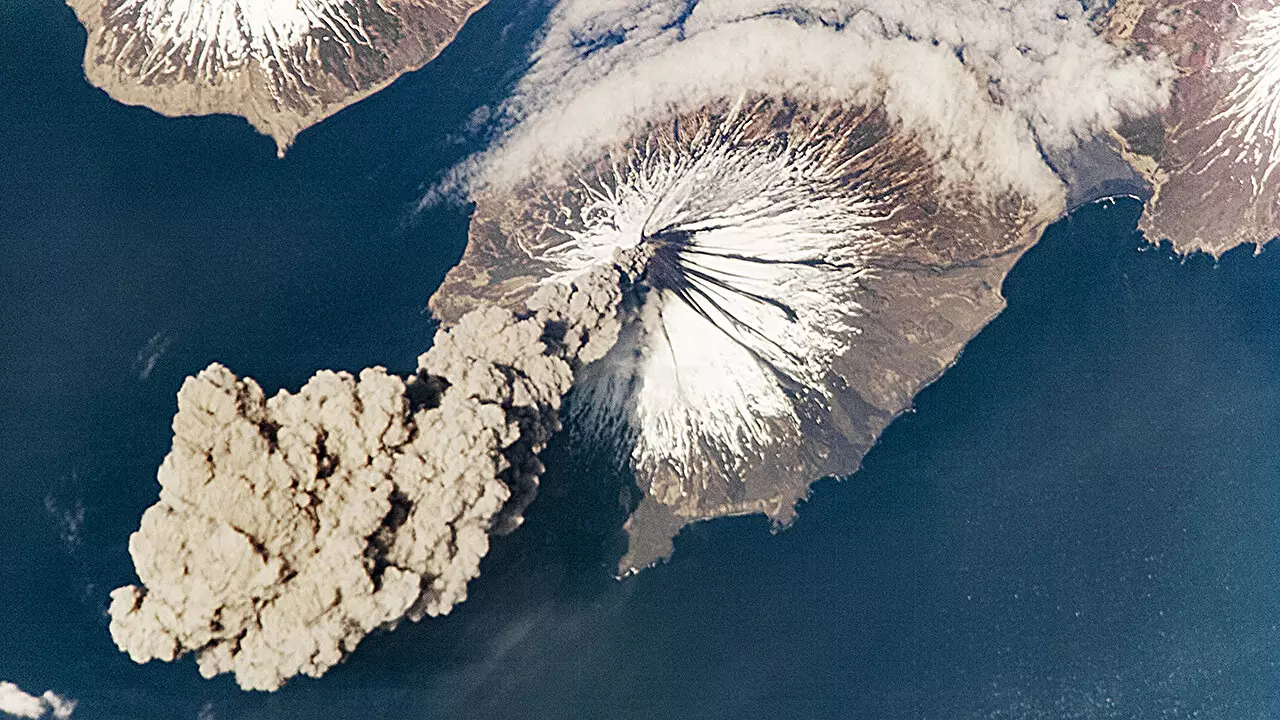Deep within the Earth’s crust lies a complex web of geological processes that govern not just the creation of mountains and volcanoes, but also play a pivotal role in regulating water cycles through intricate subduction zones. Unlike superficial water reservoirs like oceans and rivers, the water involved in these geological phenomena is often overlooked, yet it is integral to understanding our planet’s hydrological and volcanic behavior. The recent research led by G. S. Epstein and his team brings to light how the interaction between oceanic plates and the mantle beneath them is crucial in driving the release and movement of water within the Earth.
Fluid Dynamics of Subduction
At the core of this study lies the interaction between the descending oceanic plates and the less dense plates they encounter. As these plates engage in subduction, water that has been trapped within them is released. Initially, this seems counterintuitive; however, the water that ascends from these depths creates a dynamic reaction with the surrounding mantle, contributing to the formation of volcanic activity at the surface. This fascinating thermal interplay affects not only volcanic eruptions but also leads to a significant impact on the occurrence and intensity of earthquakes.
Researchers simulated the complex behaviors of two plates of differing ages—one that’s 90 million years old descending beneath another only 10 million years old—to observe how moisture levels fluctuate during various phases of subduction. They discovered crucial phases where significant hydration of the mantle occurs, particularly during a dynamic middle stage of subduction. Made up of serpentine-group minerals, this water-bearing material forms under specific thermal conditions that importantly influences volcanism.
The Dance of Temperatures and Water
The researchers found that the timing of water release is not only essential, but it’s dynamism forms a critical pattern impacting both geological cycles and volcanic activities. In the initial phases of subduction, high mantle temperatures roast the water released, preventing it from forming stable, hydrous minerals. Instead, that water follows a vertical pathway, contributing to volcanic rock formation. The sweet spot, as termed by the researchers, occurs during the maturation phase when the descending slab’s upper portion remains sufficiently hot, while the fore-arc wedge cools. This temperature gradient allows for water to ascend into the mantle wedge, significantly hydrating it.
Groundbreaking Implications
The implications of this study are nothing short of groundbreaking. By revealing that Earth’s fore-arc mantle wedges contain ten times more water than previously estimated, the research offers new insights into subsurface processes and their interplay with the larger oceanic and atmospheric cycles. The sheer volume of water stored underground—holding an approximate 0.4% of Earth’s total oceanic water—challenges our conventional understanding of global water distribution and adds a layer of complexity to the natural processes that govern our environment.
This thrilling revelation not only reshapes our perspective on geology and hydrology but also underscores the vital role that subduction zones play in maintaining Earth’s delicate balance. The interplay between geological forces, water storage, and its eventual contribution to surface phenomena emphasizes the interconnectedness of our planet’s systems in ways that demand further exploration and understanding.

